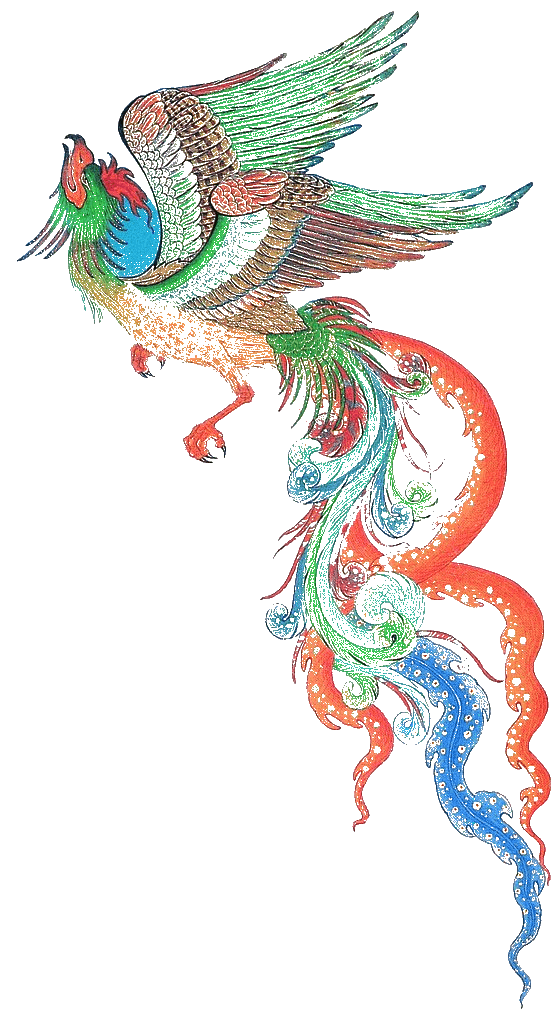The Shahr-i Sokhta Board Game © ™
A Game That World Must Know About
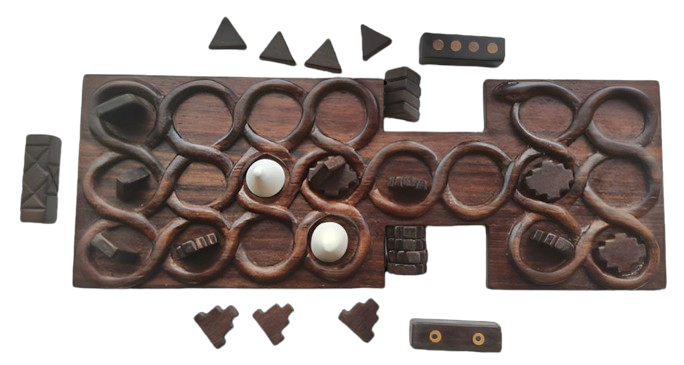
The Discovery
So far, more than 100 of these types of ancient intellectual games have been discovered in the Middle East with different patterns, shapes and materials such as wood, clay and stone. In the ancient times, intellectual games of twenty houses were of interest to everyone and they played this game in every culture and it was not specific to one culture. In the ancient cemetery of Shahr-i Sokhta in Sistan, a remarkable discovery was made within grave number 731, an ancient game that represents the oldest complete collection of its kind found to date. While it's important to note that this isn't the world's first or oldest board game, it stands as the oldest complete board game ever discovered, dating back approximately 4,600 to 4,700 years. What sets the Shahr-i Sokhta game apart is being the earliest known example of a 20-square game with a complete set. This makes it an invaluable resource in understanding the history and evolution of board games and it has the potential to reshape the history of board games. For the first time, the game board was reconstructed and introduced with ancient rules that more likely they have been played during that era. The scientific paper was written by Sam Jelveh from the University of Essex, School of Computer Science and Electronic Engineering and Dr. Hossein Moradi, Supervisor of residential area excavation at Shahr i Sokhta.
National Museum of Iran
On November 6th, 2023, an official ceremony was held at the National Museum of Iran to unveil the Shahr-i Sokhta game. In that ceremony, the decoding and reconstruction of the ancient game of Shahr-i Sokhta was discussed.
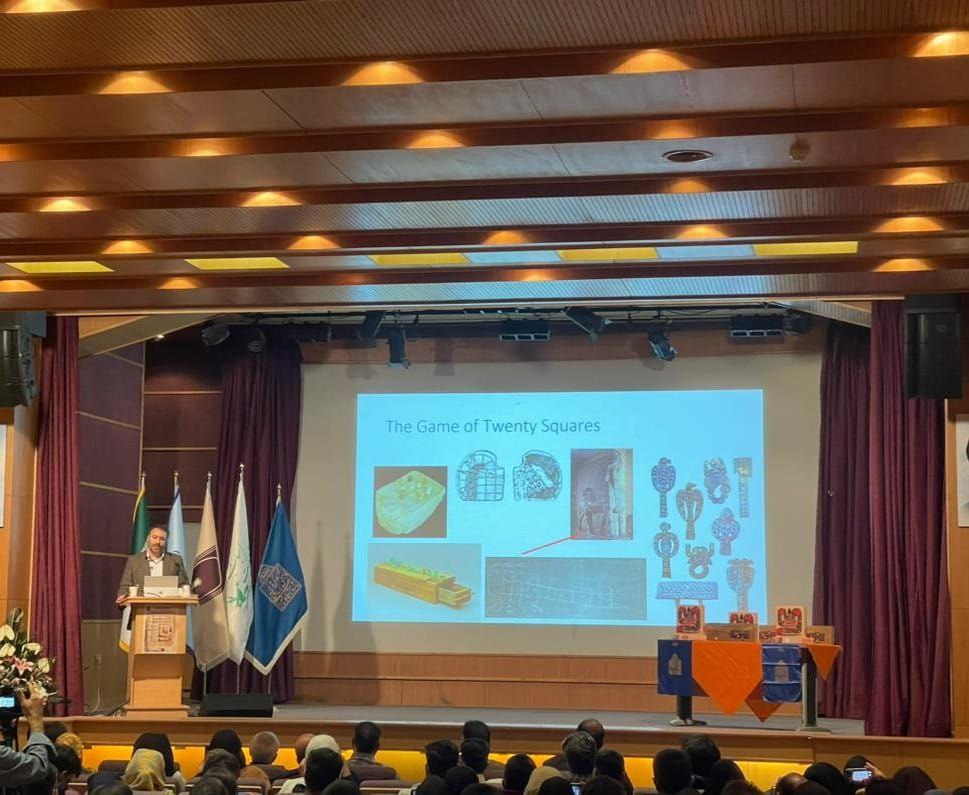
Setup the game pieces
View the gameplay summary
Full video is coming soon!
New Production
The first and limited copies are made for museums. From March 2024, the physical copy will be available to order worldwide with the best quality, meeting museum standards. Please note that we are selling hand-made life-size game sets with ancient rules derived from recent scientific research. When you purchase it, please look for the official logos of Persian Wonders and the Shahr-i Sokhta archaeological site. Any profit will help charity in Sistan. The ancient game of the Shahr-i Sokhta has been patented.
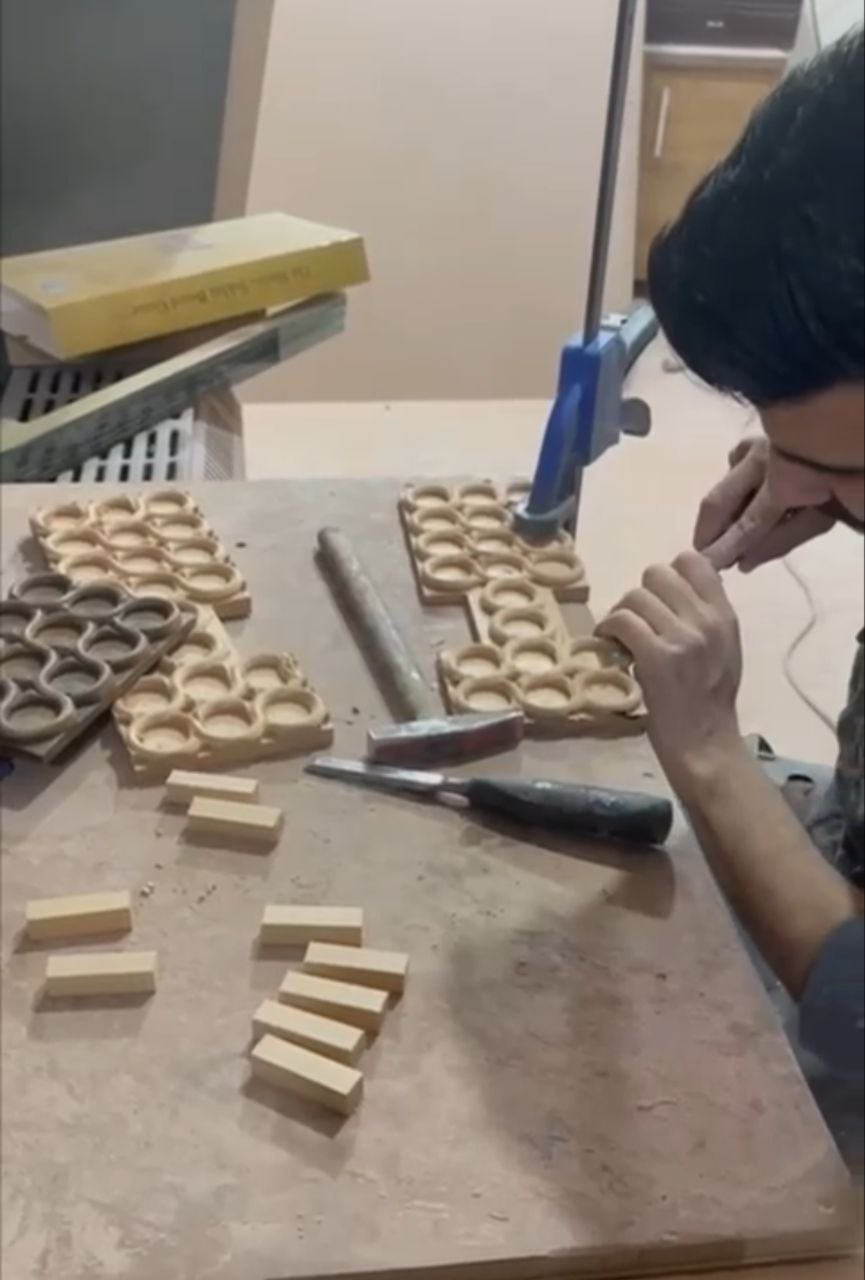
The basic facts to remember
The game is complete, comprising 27 pieces, neither 60 nor 25. It was discovered in grave 731, and these pieces do not belong to any other board game. Interestingly, another board game was also discovered near Shahr-i Sokhta, sharing similarities in its pieces. There is no record of any paint on the board. The pieces do not exhibit a wide, bizarre variety of shapes; they are distinguished by geometric shapes recently analyzed, and a few pieces can even be seen on local pottery, unlike those found in Ur. The ancient rules introduced for Shahr-i Sokhta are very similar to the royal game of Ur but slightly more strategic due to the different pieces. The game was tested with 10 people of varying ages and backgrounds, including experienced and inexperienced players. It's a two-player racing game lasting 45 minutes. The key to understanding the game is to never overthink when dealing with a complete ancient board game, and remember, wood decays over thousands of years!
support and sold by

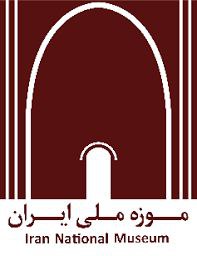
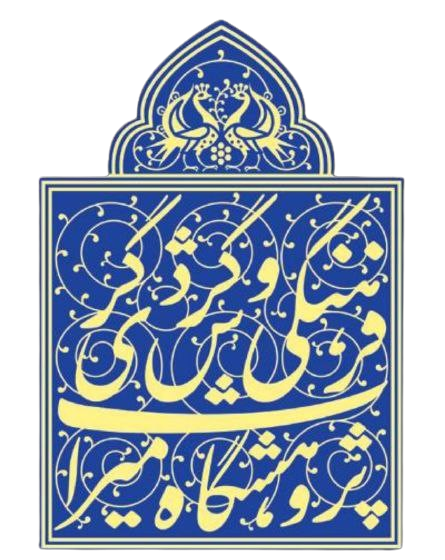
Have a question: info@persianwonders.com
Close
References
*PW - Persian Wonders (based on our conclusion and study)- 1. Majidzadeh, Yousef. "The Land of Aratta." Journal of Near Eastern Studies 35, no. 2 (1976): 105-13. Accessed August 10, 2020. www.jstor.org/stable/545195.
- 2. The British Museum. 2020. collection. [ONLINE] Available at: https://www.britishmuseum.org/collection/object/W_1936-1217-2. [Accessed 10 August 2020].
- 3. Madjidzadeh, Youssef & Pittman, Holly. (2008). Excavations at Konar Sandal in the region of Jiroft in the Halil basin: First preliminary report (2002-2008). Iran. 46. 69-103. 10.2307/25651436.
- 4. Geoffrey,B. Olivier,J. Youssef,M. ARTE France.; Gedeon Programmes. Special Broadcasting Service Corporation. SBS-TV. (2005). Unearthing the lost kingdom of Aratta. [Video file]. Retrieved from https://www.terranoa.com/product/product.php?code=125
- 5. Majidzadeh, Yousef. "The Land of Aratta." Journal of Near Eastern Studies 35, no. 2 (1976): 105-13. Accessed August 10, 2020. www.jstor.org/stable/545195.
- 6. Francfort H.-P., Tremblay X. Marhaši et la civilisation de l'Oxus // Iranica Antiqua, vol. XLV (2010), pp. 51–224. doi: 10.2143/IA.45.0.2047119.
- 7. Madjidzadeh, Youssef & Pittman, Holly. (2008). Excavations at Konar Sandal in the region of Jiroft in the Halil basin: First preliminary report (2002-2008). Iran. 46. 69-103. 10.2307/25651436.
- 8. Desset, Francois. (2014). A new writing system discovered in 3rd millennium bce iran: The konar sandal 'geometric' tablets. Iranica Antiqua. 49. 83-109. 10.2143/IA.49.0.3009239.
- 9. Geoffrey,B. Olivier,J. Youssef,M. ARTE France.; Gedeon Programmes. Special Broadcasting Service Corporation. SBS-TV. (2005). Unearthing the lost kingdom of Aratta. [Video file]. Retrieved from https://www.terranoa.com/product/product.php?code=125
- 10. Geoffrey,B. Olivier,J. Youssef,M. ARTE France.; Gedeon Programmes. Special Broadcasting Service Corporation. SBS-TV. (2005). Unearthing the lost kingdom of Aratta. [Video file]. Retrieved from https://www.terranoa.com/product/product.php?code=125
- 11. Curtis, J. Finkel,I (Ed.). (2013). The Cyrus Cylinder: The Great Persian Edict from Babylon.
- 12. Curtis, J. (2013). The Cyrus Cylinder and Ancient Persia: A New Beginning for the Middle East.
- 13. Farzin, R. (2007). Iran: Seven Faces of Civilization.
